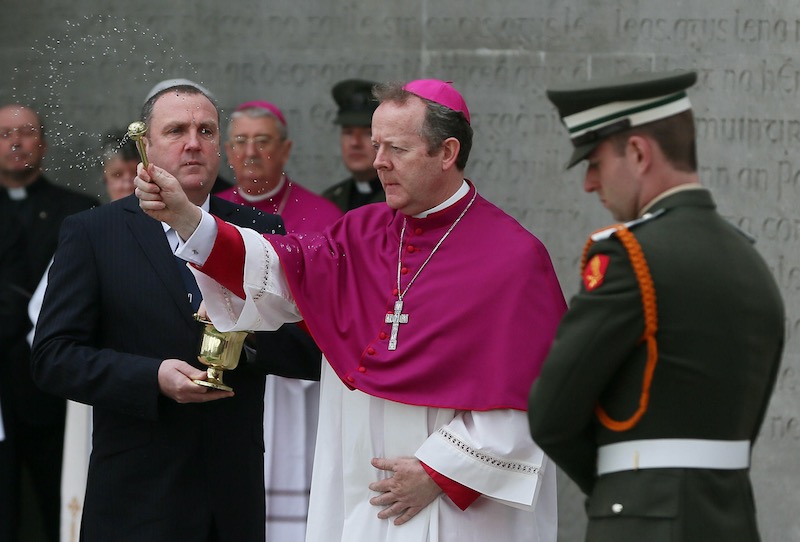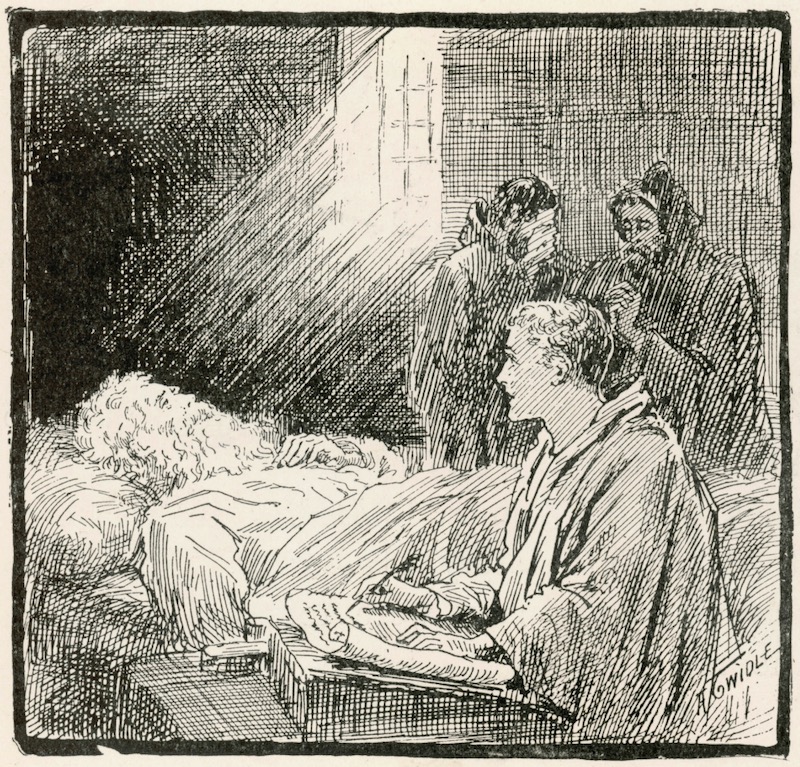A manuscript expert claims to have discovered a “lost” Gospel annotated by the Venerable Bede.
Professor Michelle P. Brown said the Gospel of St John that Bede translated from Latin into Old English is one of the Lindisfarne Gospels.
A former curator of illuminated manuscripts at the British Library which holds the Lindisfarne Gospels, Brown told The Tablet: “A priest called Cuthbert was with the dying Bede and said he spent his last two weeks on the floor of his cell translating ‘the little Gospel that speaks of love’. This was presumed lost. I think I’ve found it.”
The Old English translation of the Lindisfarne Scriptures is usually held to date from 950AD, being the work of Aldred, a priest in Chester-le-Street Co. Durham who produced a line-by-line gloss of the Gospels inserted into the original eighth century manuscript.
Signs of Bede’s handiwork however, would date part of the Old English gloss to 735AD, the year of the theologian’s death. Brown said: “This is the first example of a book of the Bible to be translated into a western vernacular language.”
She added: “When Aldred glossed the Gospels, he used two colours for St John’s Gospel, and only one – brown – in the others. In St John’s Gospel, there are passages in red ink, which was used to indicate higher status. These occur in the sections Bede was known to have translated. The vocabulary is distinctly Bedan.”
Another clue of Bede’s involvement lies in the annotations in margins. Brown, the professor emerita of Medieval Manuscript Studies at the University of London, said the annotations match those made by Bede in other writings including his Ecclesiastical History of the English People written in 731AD. Brown observed: “Bede introduces footnotes by marking up quotations. People were trying to get him accused of heresy for innovating things so he would write z shapes in the margins to point up, for example where he was using an Old Testament quote in the New Testament.” Brown described the z-shapes as “little flashes like lightning bolts – equivalent to the use of a yellow marker pen on text today.”
More evidence of Bede’s input can be detected in the Greek and Hebrew letters he sprinkled in the Gospel margins. “Not many people were then familiar with Greek,” added Brown.
In Bede and the Theory of Everything, Brown claims that Bede also annotated the Codex Amiatinus, the earliest surviving manuscript of the Latin Vulgate Bible. His annotations appear in the preface to the Book of Kings in the Codex, one of three Bibles assembled in the scriptorium of Bede’s monastery at Wearmouth-Jarrow. The abbot, Ceolfrid, had commissioned all three, and died en route to Rome to deliver the Codex to Pope Gregory II.
Now the Codex, falsely believed until the 1880s to be Italian after local tampering, is held in an archive in Florence.



 Loading ...
Loading ...